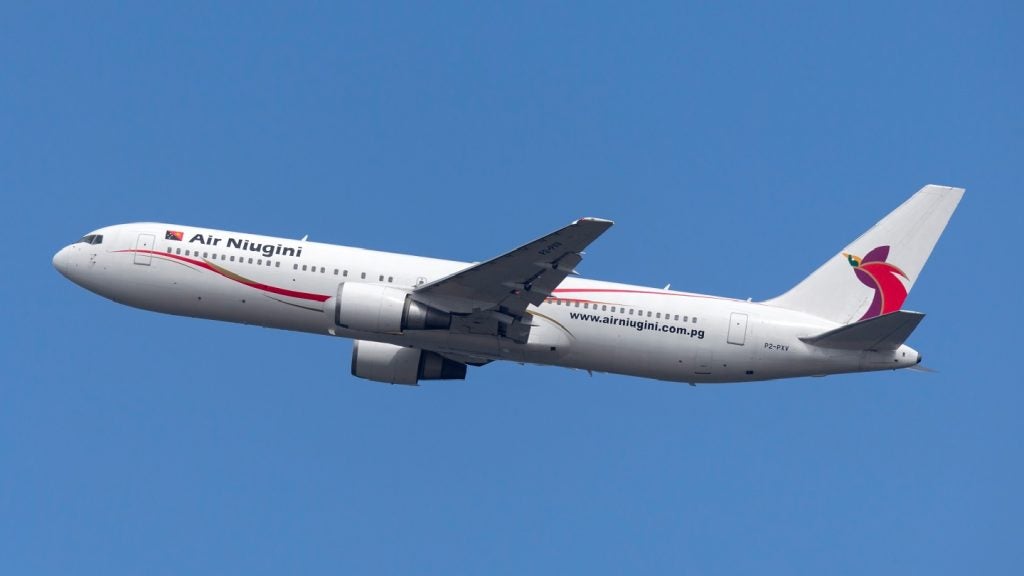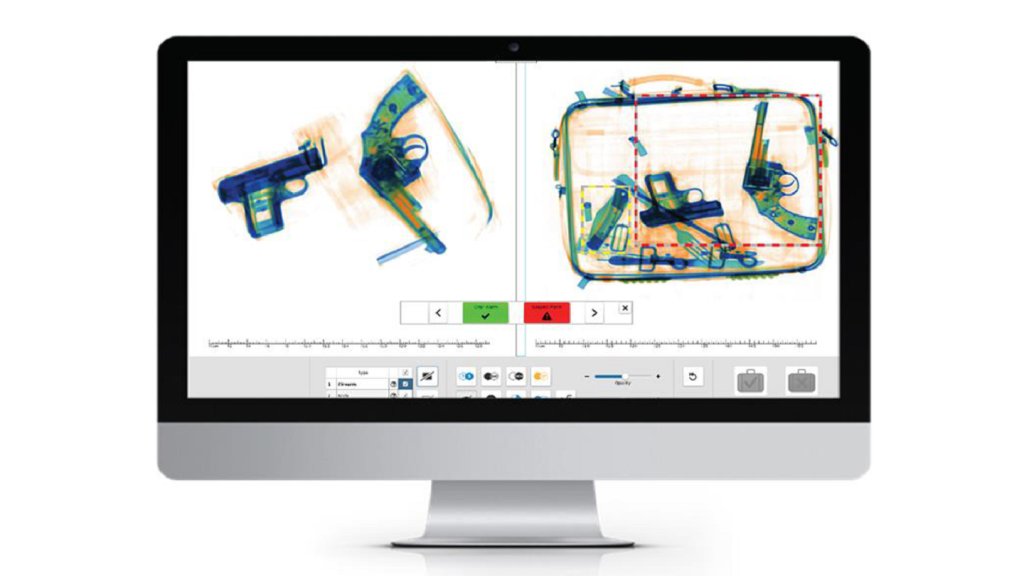
Clark International Airport (CRK) is located within the Central and Northern Luzon region of the Philippines and is becoming a hub for business, economic, and leisure activities. The new passenger terminal is expected to help accelerate business growth and promote tourism activities in the region.
Terminal 2 has redesigned the passenger experience and process in a way that can enhance a passenger’s journey. Various changes been made to the way that the airport operates and the way that passengers travel.
Andrew Tan, director and head of operations at Changi Airports International (CAI), CRK’s operator, says: “A smooth, seamless, and stress-free passenger journey is the hallmark of the Changi experience. In elevating CRK’s new terminal to international standards, CAI and the local airport team, Luzon International Premier Airport Development Corporation, worked together to review and strengthen the range of airport services.”
Contactless facilities
Through studying passenger profiles, CAI found that passengers sometimes arrived from distant provinces by bus and could arrive up to 6 hours early for their flight. The new 24/7 self-service check-in and bag drop facilities will prevent these passengers from having to wait for check-in counters to open.
Passengers can use their phones to scan a QR code, which will provide them with contactless check-in. This includes printing boarding passes and baggage tags. For the convenience of passengers, automated self-service bag drops have also been installed, so that queues at conventional counters can be avoided.
Integrated security screening will also help to streamline airport processes, while the baggage handling system will shorten passenger processing time. An automated tray return system will also reduce queuing times at pre-flight security checks.
How well do you really know your competitors?
Access the most comprehensive Company Profiles on the market, powered by GlobalData. Save hours of research. Gain competitive edge.

Thank you!
Your download email will arrive shortly
Not ready to buy yet? Download a free sample
We are confident about the unique quality of our Company Profiles. However, we want you to make the most beneficial decision for your business, so we offer a free sample that you can download by submitting the below form
By GlobalDataAnother first for the airport is its contactless food and beverage ordering system at the restaurants and lounges. Purchases can be made via QR codes and delivered to passengers.
“All of these technologies help to reduce the friction of travelling and give passengers more dwell time to enjoy other services that the airport has to offer, such as retail, food and beverages, airport lounges, or to simply enjoy the beautiful views of the mountain ranges from the boarding gates,” says Tan.
The new terminal will include a dedicated overseas Filipino worker lounge, and a heroes lounge for military and police veterans, as well as serving members of the armed forces. Additionally, there will be an integrated VIP terminal.
New operations
A new concept, dubbed the Airport Operations Control Centre, has been established at the airport. This includes co-location of different departments and stakeholders and common systems. It also allows for shared platforms for information gathering and sharing, such as common video walls, which allow different parties to see the same information in real-time.
Tan says: “So, from just being a base of operations, this becomes a centralised hub for planning, coordination of processes, and ultimately quicker decision making.”
This system will improve resource allocation and ensure that responses to disruptions take place quickly.
CAI uses the people, process, and technology framework for operational planning. ‘People’ refers to airport stakeholders including airlines, ground handlers, and government agencies. In preparation for the new terminal, ‘place’ was added to the framework. This relates to the readiness of the facilities and CAI’s role as consultants.
Online workshops were initially used to introduce the new facilities and processes at the airport. With a shift away from remote working, it is possible to conduct on-ground exercises, addressing stakeholders’ concerns. In addition, airlines and ground handlers can familiarise themselves with the check-in facilities and processes.
“The terminal will also revolutionise the way the world experiences the Philippines through new, first-in-the country technologies and commercial offerings that cater to passenger needs,” says Tan.







